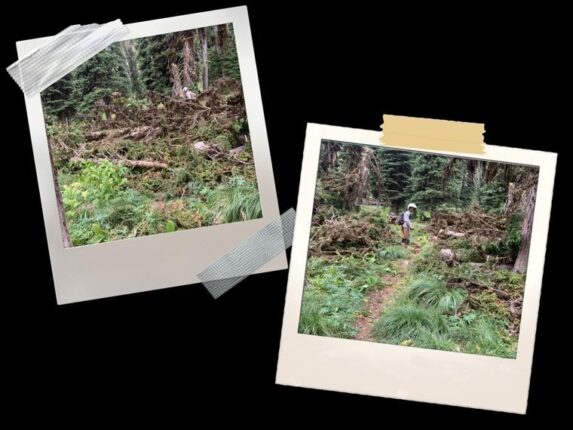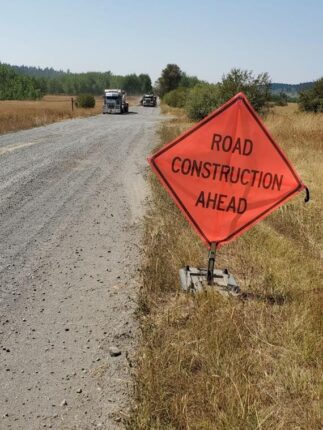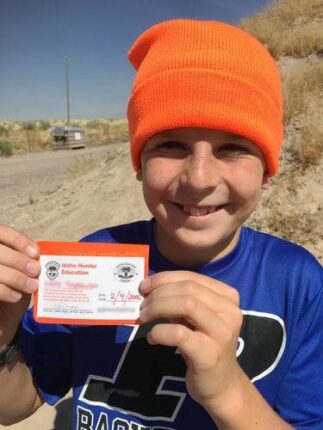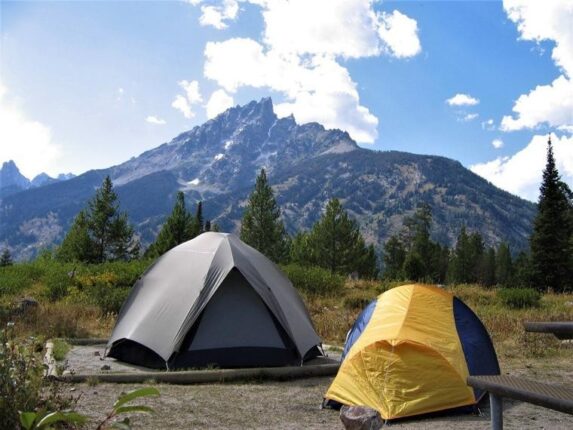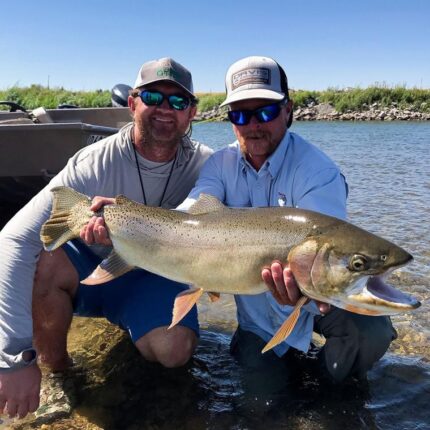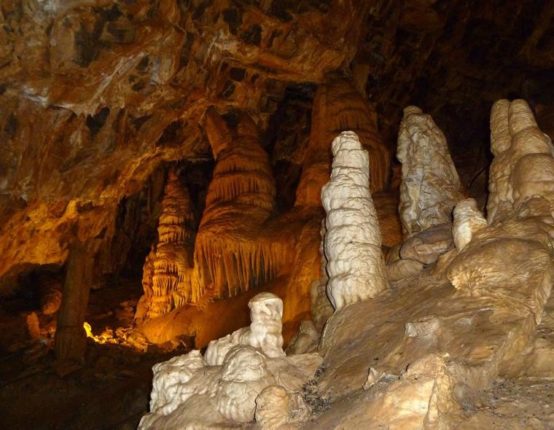Idaho Department of Parks and Recreation Trail Rangers cleared 236 miles of trail and cut and cleared 2,428 trees on the Salmon-Challis National Forest during the 2021 field season.
Rangers also accomplished other light maintenance such as trail tread repair and water bar maintenance, a forest news release said.
The Department of Parks and Recreation also contracted with Idaho Single Track Alliance to clear an additional 95 miles of trail and cut and cleared an additional 455 trees, the release said.
In total, the Department of Parks and Recreation and partnership organizations such as Single Track Alliance, spent 21 days on the forest with crews from ranging in size from two to five people. Several hundred additional trees, that were not officially reported, were cut and cleared during this time, the release said.
“Our partnership with Idaho Parks and Recreation is vital to maintaining trails on the Forest,” Forest Supervisor Chuck Mark said in the release. “As we look to continue to provide sustainable access for Idahoans for years to come, (the Department of Parks and Recreation’s) ongoing shared stewardship of trails will be critical to providing this access.”
In addition to trail maintenance the Department of Parks and Recreation host an avalanche education course on the Salmon-Challis National Forest each winter. The department also participates in the Adopt-A-Trail Program on the Forest and in the local Salmon-Challis Trails Group meetings.
“IDPR’s Trail Rangers absolutely love to work on the Salmon-Challis National Forest,” Brian DiLenge, the department’s East Region trails specialist, said in the release. “The fun remote trails and the spectacular views make it one of our favorite places to work in the state.”
